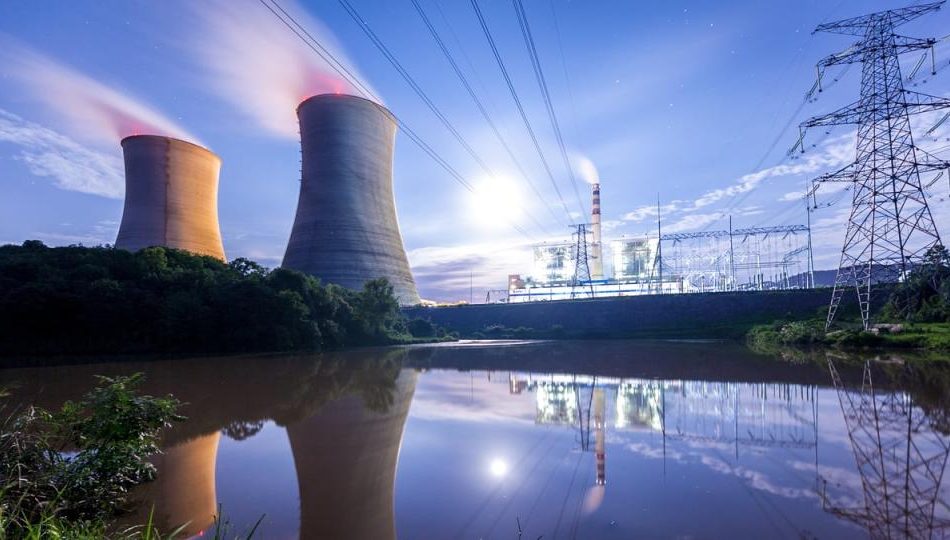Billionaire Stanley Druckenmiller Sold Out of Nvidia. He's Buying This AI Stock Instead.
Stanley Druckenmiller is one of the greatest investors of all time. As the manager of Duquesne Capital Management from 1981 to 2010, Druckenmiller generated an average annual return of 30% and never had a losing year during that time. These days, Druckenmiller is no longer an active fund manager but still manages a portfolio of his own stocks through the Duquesne Family Office. And investors pay close attention to his moves.
That’s why investors took notice when Druckenmiller, who was early to buy shares of Nvidia (NASDAQ: NVDA) in Q4 2022 after ChatGPT launched, dumped most of his stake in the AI chip leader in the first half of this year. At the time, he said that the market now sees in Nvidia what he recognized earlier. In an interview last week with Bloomberg, the Duquesne chief revealed that he had sold his entire stake in Nvidia.
Druckmiller admitted that it was a mistake to sell the chip stock, as Nvidia’s stock price has continued to run up since then. He also said he remained bullish on artificial intelligence (AI), adding, “We’re big long-term believers in AI, and there are still many ways we’re playing AI, particularly the infrastructure that’s been built to support the power needed.”
The AI stock Druckenmiller has been buying
While Druckenmiller has sold all 9.5 million shares of Nvidia he once owned, he’s been accumulating shares of another under-the-radar AI stock. That’s Vistra (NYSE: VST), and it was Duquesne’s third-biggest holding by market value as of the end of the second quarter at $225.7 million.
Druckenmiller first bought the stock in the third quarter of 2023, the same quarter he started to unload his Nvidia stake. Since the end of that quarter, the stock is up 309%, and it’s now the best-performing stock on the S&P 500 this year, having recently passed Nvidia for the title after a recent surge. Year to date, Vistra is up 252%.
Should you follow Druckenmiller into Vistra? Let’s take a look at what this unique AI play has to offer.
What is Vistra?
As Druckenmiller alluded to in the quote above about AI infrastructure, energy is going to play a major role in AI as it takes incredible amounts of power to run AI data centers. That’s where Vistra comes in. The Texas-based company is now the largest competitive (meaning deregulated) power generator in the country, with 41,000 megawatts (MW) of installed generation capacity.
It’s also one of the biggest producers of nuclear energy in the country at 6,400 MW capacity. Following its acquisition of Energy Harbor earlier this year, it now has the second-largest energy storage capacity in the country at 1,020 MW.
The reason why investors increasingly see Vistra as a play on the AI boom is because power demand from data centers is expected to roughly triple from 2023 to 2030, adding 35 gigawatts of power demand in that time. Vistra also sees a number of other growth drivers, including the reshoring of industrial activity, construction of new semiconductor foundries due to the CHIPS Act, and increased electrification needs, including in the Permian Basin where it expects demand to jump by 20 gigawatts by 2030.
That growth explains why investors believe utility stocks like Vistra offer an appealing way to get exposure to the growth of AI.
Is Vistra a buy?
Vistra is a utility company, so it’s still subject to most of the constraints of a utility. However, it has one advantage over other utilities: It operates in unregulated power markets, supplying power at market price, rather than at a price determined by regulators. That’s the way most utilities operate because they’re regulated monopolies.
That gives the business significant upside potential if a supply crunch ensues from the growth of AI and data centers.
Despite that growth opportunity, at this point, Vistra is actually more expensive than Nvidia, trading at a price-to-earnings ratio of 100, though analysts expect profits to ramp up through 2025. Energy prices are notoriously difficult to predict, however.
Announcements this week from Alphabet and Amazon have helped drive nuclear stocks higher. They show that big tech companies are working to secure adequate sources of clean power for their data center needs.
Vistra could fit in an AI portfolio. However, after the recent run-up, I think it makes more sense to wait for a better price to buy the stock.
Druckenmiller seems to agree with that statement. After buying the stock three quarters in a row, he took a break in the second quarter, perhaps thinking that the price had already run up substantially.
Don’t miss this second chance at a potentially lucrative opportunity
Ever feel like you missed the boat in buying the most successful stocks? Then you’ll want to hear this.
On rare occasions, our expert team of analysts issues a “Double Down” stock recommendation for companies that they think are about to pop. If you’re worried you’ve already missed your chance to invest, now is the best time to buy before it’s too late. And the numbers speak for themselves:
-
Amazon: if you invested $1,000 when we doubled down in 2010, you’d have $21,285!*
-
Apple: if you invested $1,000 when we doubled down in 2008, you’d have $44,456!*
-
Netflix: if you invested $1,000 when we doubled down in 2004, you’d have $411,959!*
Right now, we’re issuing “Double Down” alerts for three incredible companies, and there may not be another chance like this anytime soon.
*Stock Advisor returns as of October 14, 2024
John Mackey, former CEO of Whole Foods Market, an Amazon subsidiary, is a member of The Motley Fool’s board of directors. Suzanne Frey, an executive at Alphabet, is a member of The Motley Fool’s board of directors. Jeremy Bowman has positions in Amazon. The Motley Fool has positions in and recommends Alphabet, Amazon, and Nvidia. The Motley Fool has a disclosure policy.
Billionaire Stanley Druckenmiller Sold Out of Nvidia. He’s Buying This AI Stock Instead. was originally published by The Motley Fool




Leave a Reply